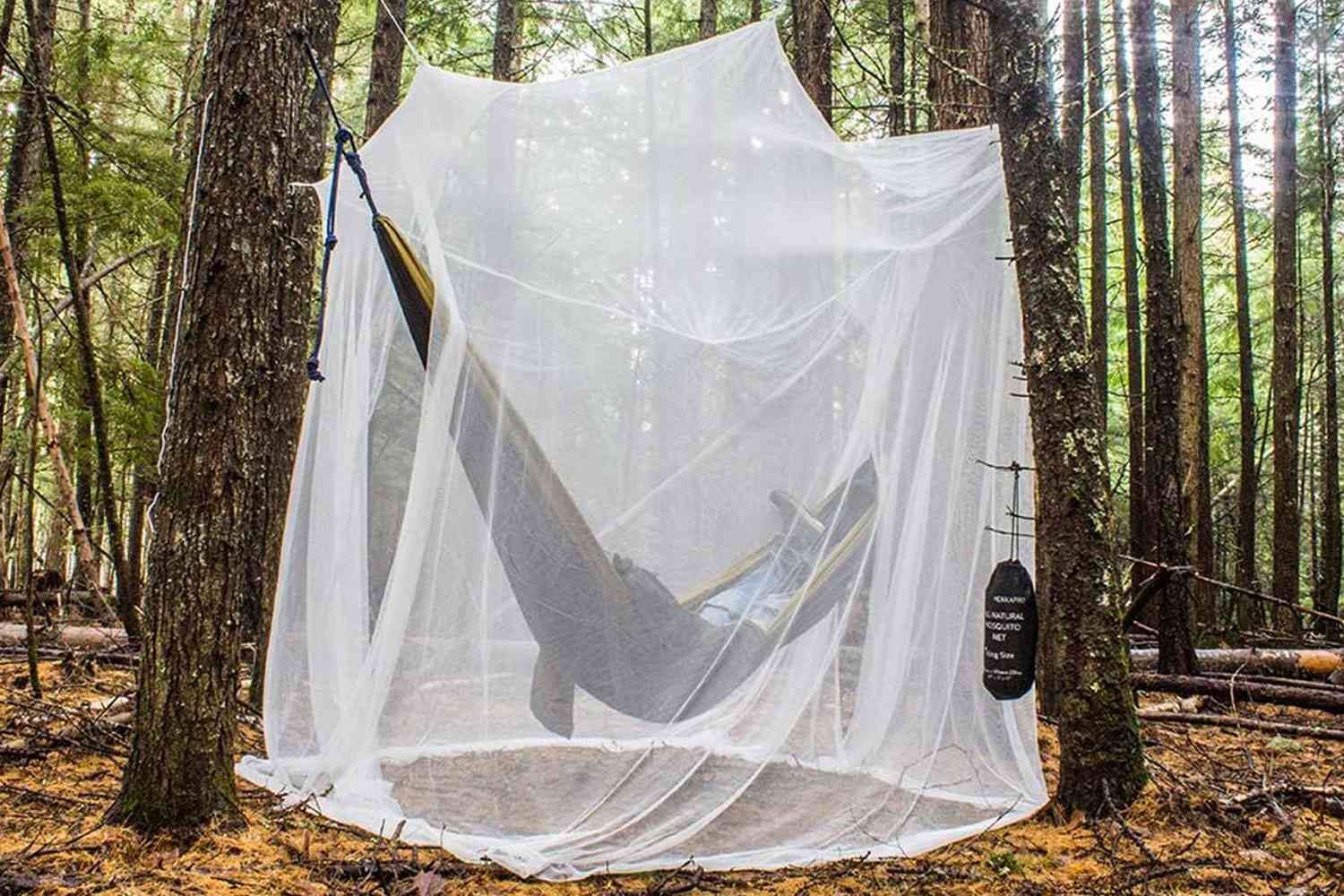
Mosquitoes are one of the deadliest insects in the world, responsible for transmitting diseases such as malaria, dengue fever, and Zika virus. In fact, mosquitoes kill more than a million people every year. Mosquito nets are one of the most effective ways to protect oneself from these deadly insects. In this article, we’ll explore how mosquito nets protect you and why they’re such an important tool in the fight against mosquito-borne diseases.
Mosquito nets are essentially large, meshed screens that are designed to keep mosquitoes and other insects out while still allowing air to circulate. They come in various shapes and sizes, but all work on the same basic principle: creating a physical barrier between you and the mosquitoes.
The key to a mosquito net’s effectiveness is its mesh size. The mesh must be small enough to keep mosquitoes out but large enough to allow air to flow through. The World Health Organization recommends a mesh size of 156 holes per square inch (25 holes per square centimeter) for maximum protection against mosquitoes.
When properly used, mosquito nets can provide nearly 100% protection against mosquito bites. This is because mosquitoes are most active during the hours of dusk and dawn when people are typically asleep. Sleeping under a mosquito net ensures that you are protected during these high-risk periods.
Mosquito nets also have the added benefit of protecting against other insects such as flies, ticks, and bed bugs. This is particularly important in areas where these insects can transmit diseases as well.
But mosquito nets aren’t just effective for individual protection. They’re also a key tool in the fight against malaria and other mosquito-borne diseases. In areas where these diseases are prevalent, mosquito nets are often distributed on a large scale to entire communities. This is because mosquito nets can be an effective way to reduce the overall mosquito population in an area.
When used consistently and correctly, mosquito nets can prevent mosquitoes from feeding on humans. This means that the mosquitoes are less likely to transmit diseases to humans. Over time, this can lead to a significant reduction in the number of mosquitoes in an area, making it safer for everyone who lives there.
In addition to their effectiveness, mosquito nets are also affordable and easy to use. They can be purchased for a relatively low cost and can last for several years with proper care. And unlike other methods of mosquito control such as pesticides or insect repellents, mosquito nets don’t require any special training or equipment to use.
Despite their many benefits, there are still challenges to the widespread adoption of mosquito nets. In some areas, cultural barriers or misinformation can prevent people from using them consistently. Additionally, the cost of distribution and maintenance can be a barrier for some communities.
But with continued education and support, mosquito nets can play an important role in reducing the burden of mosquito-borne diseases. They are a simple yet effective tool that can protect individuals and entire communities from the devastating effects of these deadly insects.
In conclusion, mosquito nets are a vital tool in the fight against mosquito-borne diseases. When used correctly, they can provide nearly 100% protection against mosquito bites, reducing the risk of disease transmission. Additionally, mosquito nets can help to reduce the overall mosquito population in an area, making it safer for everyone who lives there. Despite some challenges to their adoption, mosquito nets are an affordable and effective solution that can save countless lives.





